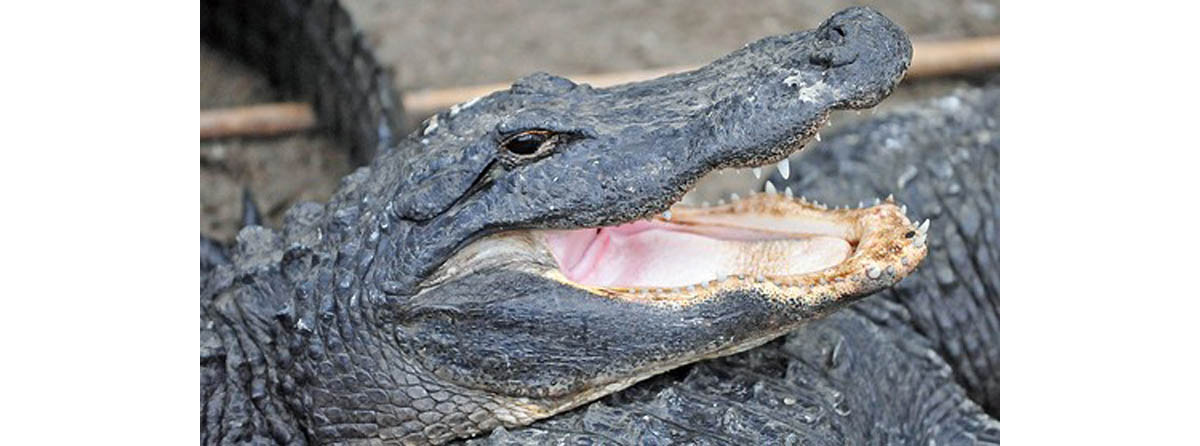Table of Contents
Regenerating dental pulp
The center of each of our teeth contains what is known to dentists as the pulp. This is tissue containing the nerves and blood vesselswhich keep the tooth alive and vital.

For example deep cavities caused by decay may allow bacteria in, causing infection. The pulp becomes inflamed, causing it to swell – and as it’s confined inside the hard tooth, this can cut off its blood supply. Similarly trauma like a blow to the tooth may sever these delicate blood vessels. Once the pulp has died off the tooth can become brittle as it dries out, making it fragile and prone to breaking. To preserve it for longer your dentist will carry out root canal therapy on the tooth.
What does this involve?
Your dentist will gain access to the pulp chamber by drilling a hole through the crown (the part visible in the mouth) of the tooth. Some teeth such as those at the front have only one root, whereas others can have up to three. Each root contains pulp, and if all of them are dead the dentist will have to treat all of them.
Opening up the pulp chamber will allow any pus to drain away and the dentist then uses special tools to extract the remaining pulp tissue. He will carefully cleanse and dry the pulp chamber before inserting a filling material. This is not the same material used to fill cavities – usually a rubbery substance called gutta percha is used which is flexible and able to get around any twists and curves in the root. If the pulp chamber is not blocked off in this way bacteria and organic debris will collect in it and set off inflammation again, leading to pain, erosion of bone and eventual loss of the tooth.
New techniques may replace root canal therapy
Current research is directed towards helping the dental pulp to regenerate.
But these techniques are less likely to work in mature adult teeth.
So new work involves the use of stem cells - one group of researchers removed the pulp from dog teeth, extracted the stem cells and then reinjected them in order to regenerate the pulp.
Another group has tried introducing a special protein gel matrix into the pulp chamber, which acts as a growth medium to support blood vessels and nerves.
Tony Smith, professor in oral biology at Birmingham University in the UK commented: ‘The whole concept of going for pulp regeneration is that you will try and retain a vital tooth, a tooth that is alive.’
Once these techniques have been perfected there is every chance that root canal therapy could become a thing of the past.
- Photo courtesy of Phil Snyder by Flickr : www.flickr.com/photos/philsnyder/5332694825/
- Photo courtesy of Heather Paul by Flickr : www.flickr.com/photos/warriorwoman531/8129497135/
- www.myscienceacademy.org/2013/05/17/solving-an-alligator-mystery-may-help-humans-regrow-lost-teeth/
- www.firstwordpharma.com/node/1115713
- www.ncbi.nlm.nih.gov/pmc/articles/PMC3339021/
- www.hindawi.com/journals/ijd/2010/856087/


Your thoughts on this